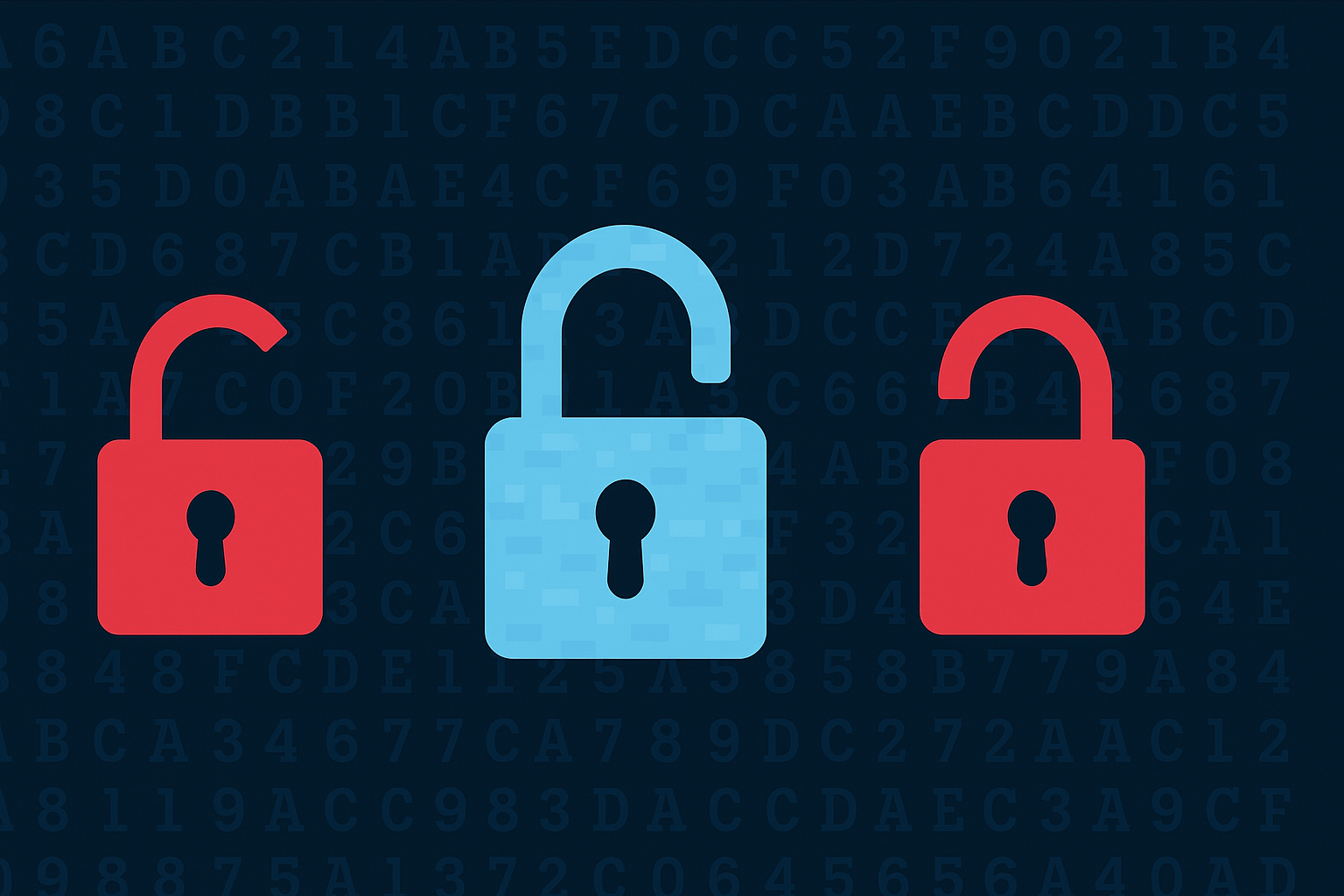
12
Safe Password Practices: Using Generators Wisely
Discover secure password practices and learn how to use password generators wisely to protect your accounts from hackers and cyber threats.
Safe and Secure Password Practices: How to Use Password Generators Wisely
Introduction: Why Password Security Matters
Passwords are the first line of defense between your personal data and hackers. Yet, despite countless warnings, many people still rely on weak, predictable passwords like “123456” or “password.” Cybercriminals know this—and they exploit it.
In fact, according to studies, over 80% of data breaches are linked to weak or stolen passwords. That means poor password habits aren’t just careless—they’re dangerous.
The solution? Adopt safe password practices and use password generators wisely. In this guide, we’ll show you step by step how to create strong, secure passwords, when to use generators, and how to manage them effectively without compromising convenience.
Why Weak Passwords Put You at Risk
Common Mistakes Users Make
- Reusing the same password across multiple accounts.
- Using personal details (birthdays, pet names, or favorite teams).
- Choosing short passwords (under 8 characters).
- Relying on simple sequences like abcd1234.
Real-World Risks
- Brute Force Attacks: Hackers try millions of combinations until they get in.
- Credential Stuffing: If one account gets hacked, reused passwords compromise others.
- Phishing Exploits: Weak passwords make phishing attacks even more effective.
What Makes a Strong Password?
A strong password should be:
- Long: At least 12–16 characters.
- Complex: Mix of uppercase, lowercase, numbers, and symbols.
- Unpredictable: Avoid dictionary words or predictable patterns.
- Unique: Every account should have a different password.
Example of a weak password: Summer2024
Example of a strong password: B#9fG2!xQ@v7Lz
The Role of Password Generators
What Is a Password Generator?
A password generator is a tool that creates random, complex passwords automatically. These tools eliminate human bias and ensure maximum security.
Benefits of Using a Generator
- Creates strong, unguessable passwords instantly.
- Reduces the temptation to reuse old passwords.
- Works well with password managers for seamless storage.
Risks of Misusing Generators
- Using untrustworthy online tools could expose your generated passwords.
- Not saving generated passwords securely may lock you out of your own accounts.
Step-by-Step Guide: Using Password Generators Wisely
Step 1: Choose a Trusted Password Generator
- Browser-based options: Chrome, Edge, and Firefox offer built-in generators.
- Password managers: LastPass, 1Password, Dashlane, Bitwarden.
- Offline tools: KeePass for local, encrypted password generation.
Step 2: Customize Password Settings
When generating, adjust:
- Length: Minimum 12–16 characters (longer for critical accounts).
- Character types: Include numbers, symbols, upper/lowercase letters.
- Exclusions: Remove confusing characters like O vs 0.
Step 3: Store Passwords Securely
Never write them on sticky notes or plain text files. Use:
- Password managers (encrypted storage).
- Biometric access (fingerprint/face unlock).
- Cloud backup (only with secure apps).
Step 4: Enable Two-Factor Authentication (2FA)
Even with strong passwords, add an extra layer:
- SMS codes (basic, but better than nothing).
- Authenticator apps (Google Authenticator, Authy).
- Hardware keys (YubiKey, Titan Security Key).
Step 5: Rotate and Update Passwords
- Change passwords if you suspect a breach.
- Update critical accounts (banking, email) every 6–12 months.
- Avoid unnecessary changes unless required—too much rotation leads to weaker habits.
Best Practices for Safe Password Management
Use a Password Manager
Password managers save, encrypt, and auto-fill credentials. Benefits:
- One master password instead of dozens.
- Automatic sync across devices.
- Breach alerts when sites are compromised.
Avoid Password Sharing
Never share passwords via email, chat, or text. If absolutely necessary, use secure sharing features in password managers.
Watch for Phishing Attacks
Even the strongest password fails if you give it away. Always:
- Verify URLs before logging in.
- Avoid clicking unknown links.
- Use email filtering to block phishing attempts.
Real-World Example: Password Generator Success
A small business transitioned from manually created passwords to a password manager with a built-in generator. Results:
- 100% elimination of reused passwords.
- Zero security incidents in 12 months.
- Staff reported faster logins and fewer password resets.
Common Mistakes to Avoid
- Using free random sites that may log generated passwords.
- Failing to back up your master password.
- Thinking one strong password reused everywhere is "good enough."
- Saving passwords in unsecured notes or browsers without encryption.
Future of Password Security
While strong passwords and generators are vital today, the future may move toward passwordless authentication with biometrics, passkeys, and security tokens. Still, until adoption is universal, mastering password practices is non-negotiable.
Conclusion: Stay One Step Ahead of Hackers
Strong, unique passwords are your best defense in the digital age. With the help of password generators, you can eliminate weak habits and protect your accounts.
Call to Action: Start using a trusted password generator today—pair it with a password manager and two-factor authentication. Don’t wait for a breach to remind you how valuable your data is.
Contact
Missing something?
Feel free to request missing tools or give some feedback using our contact form.
Contact Us